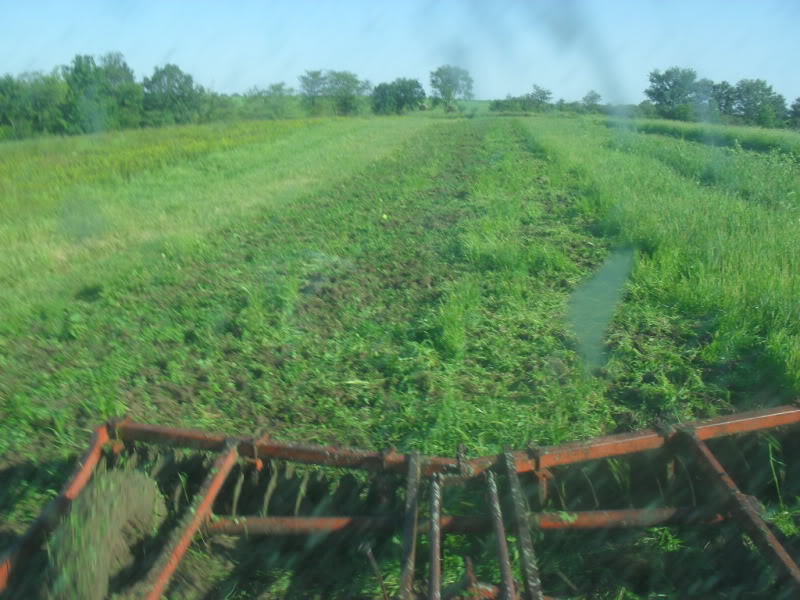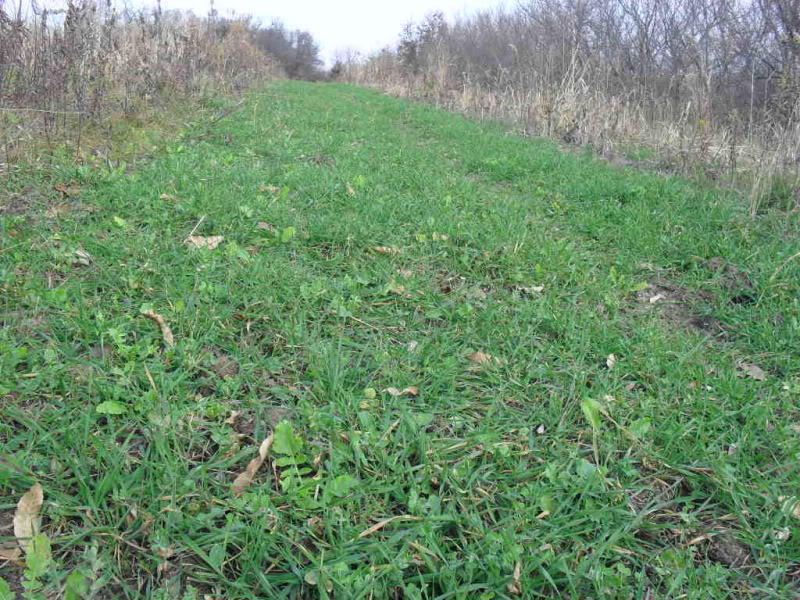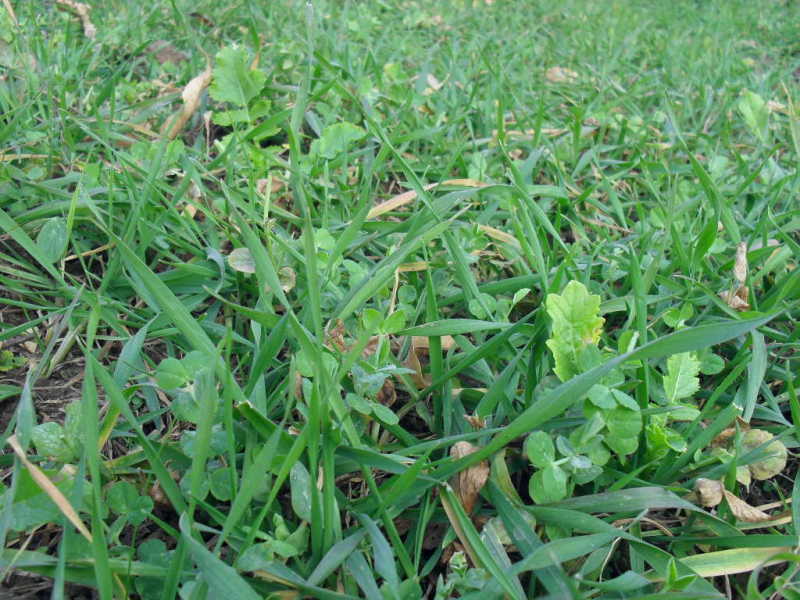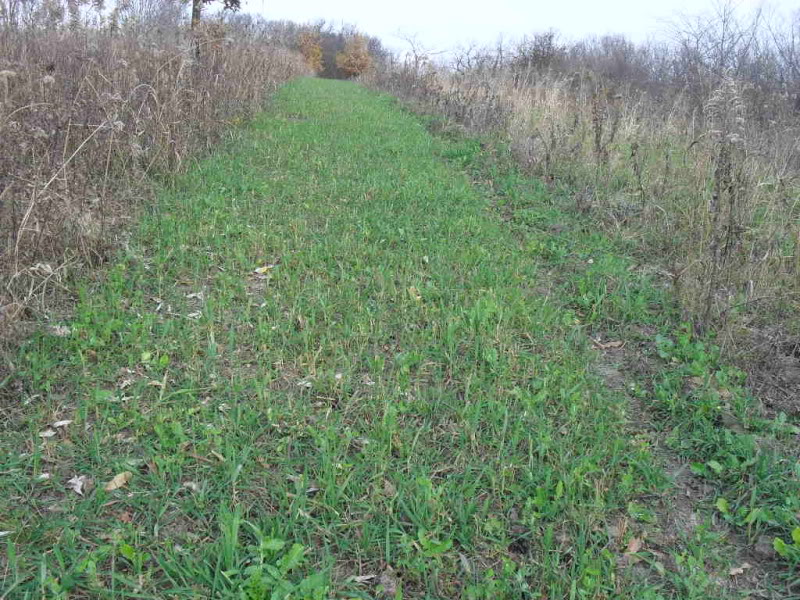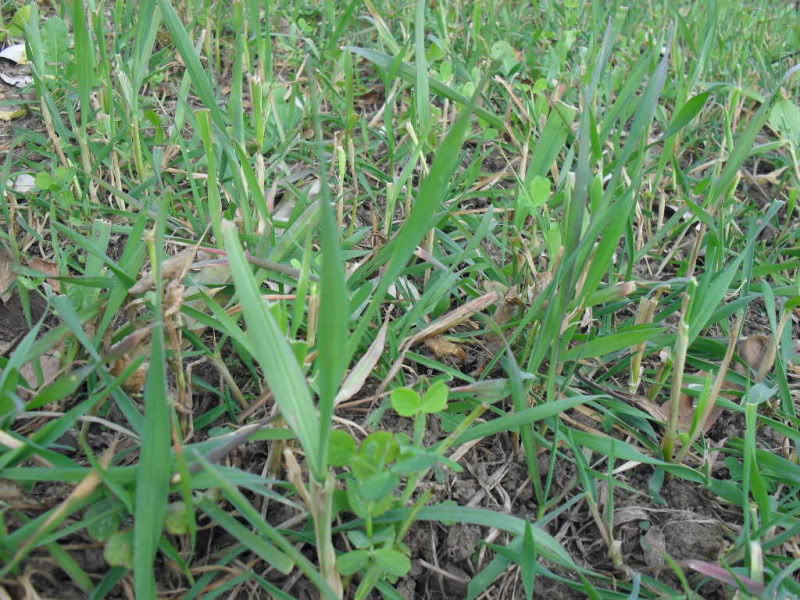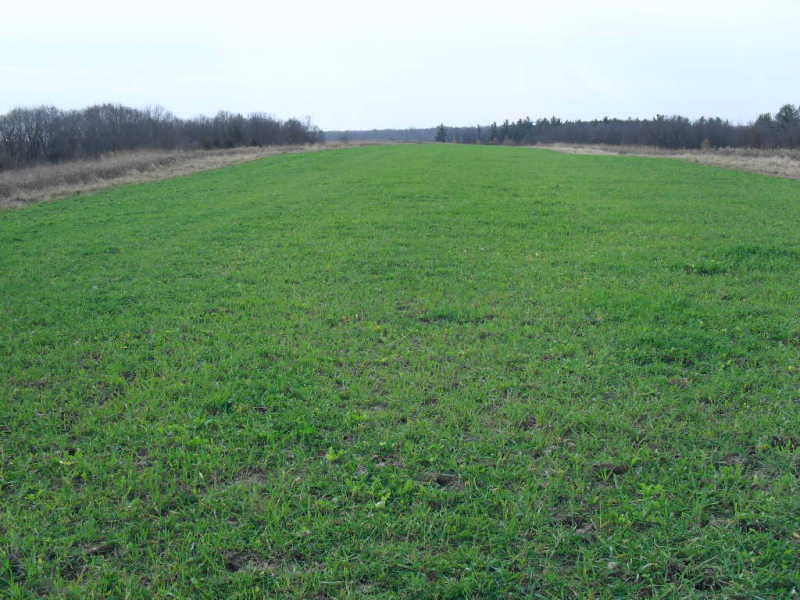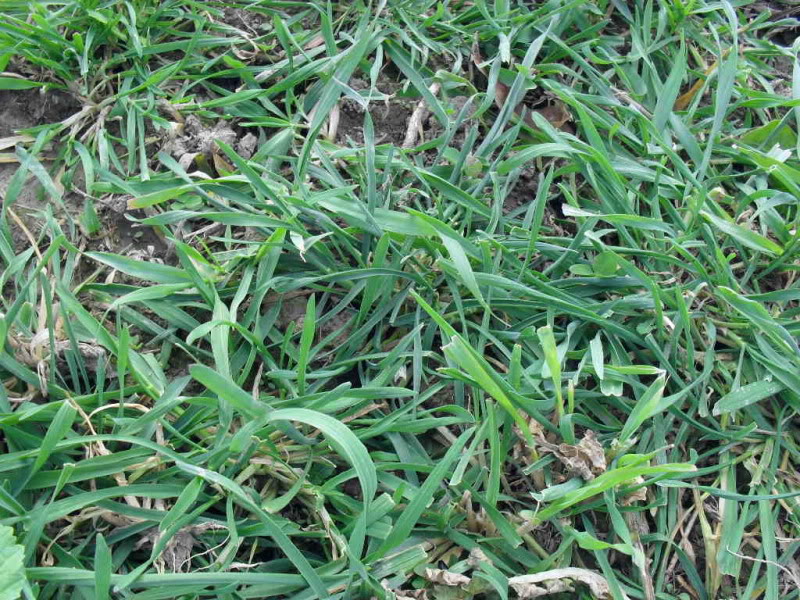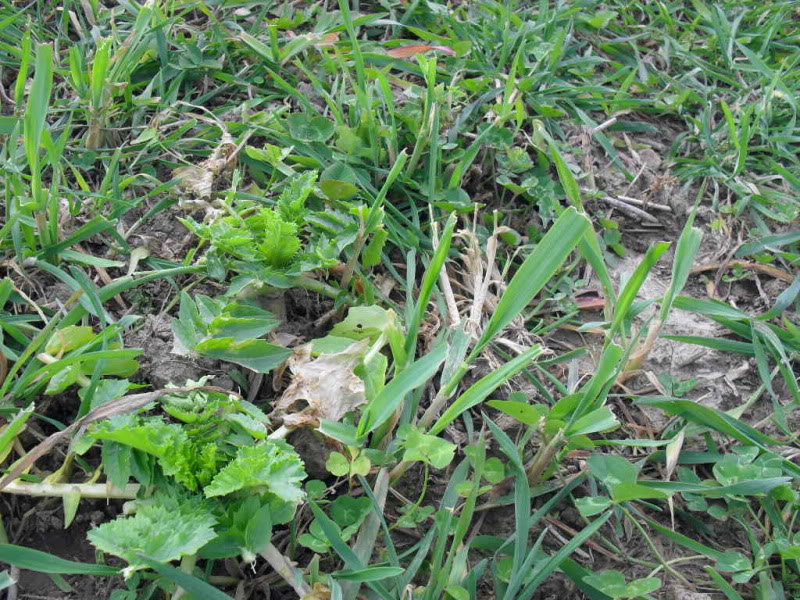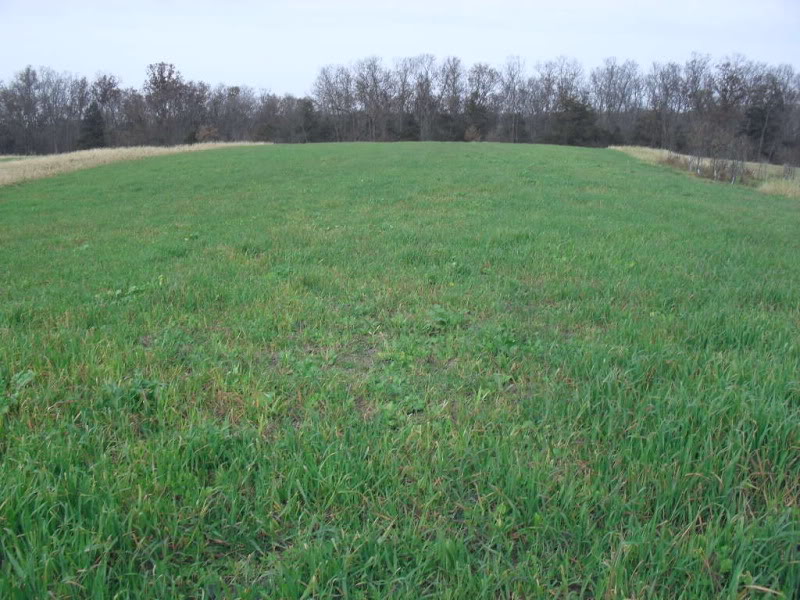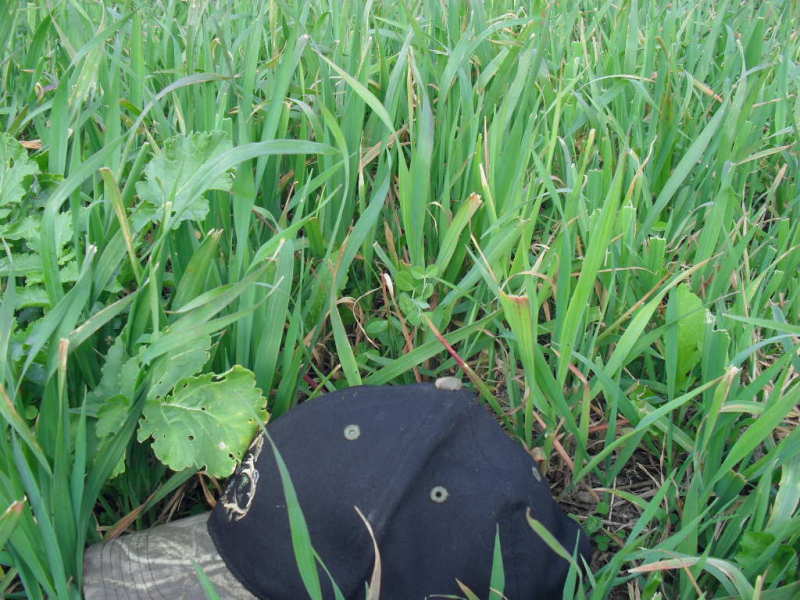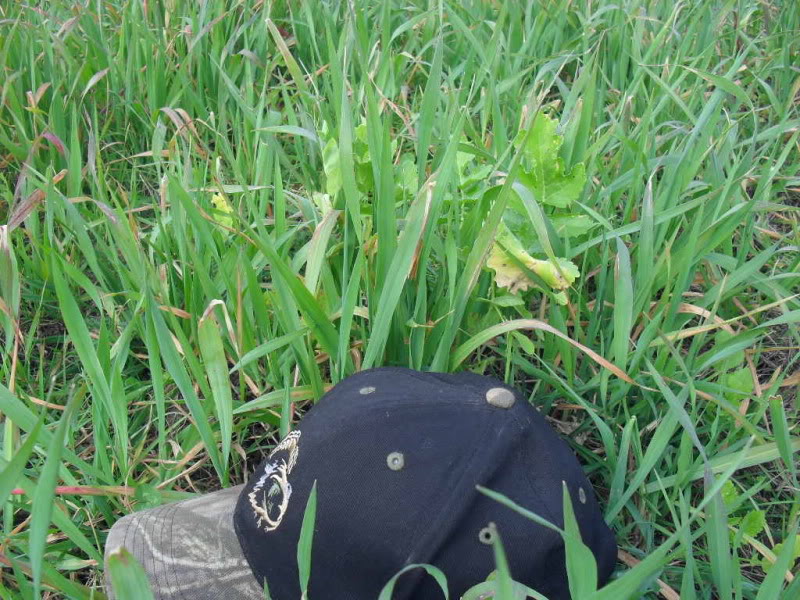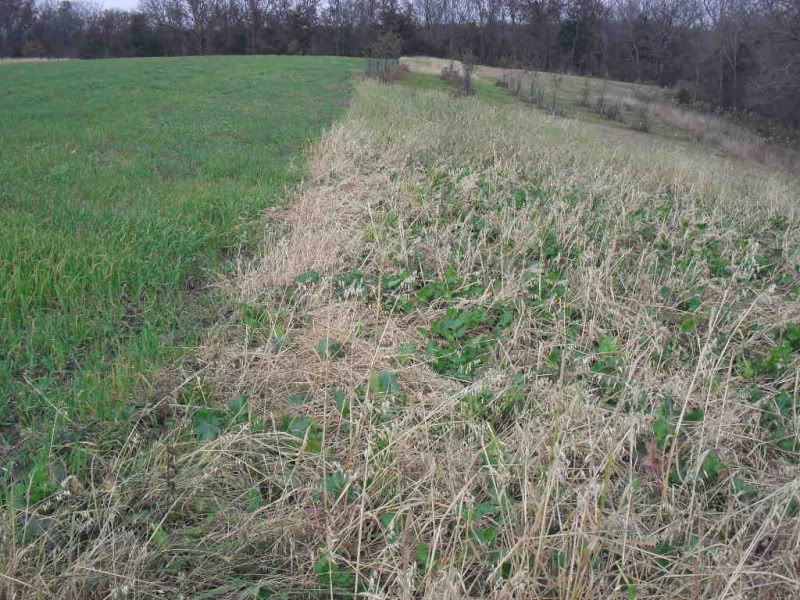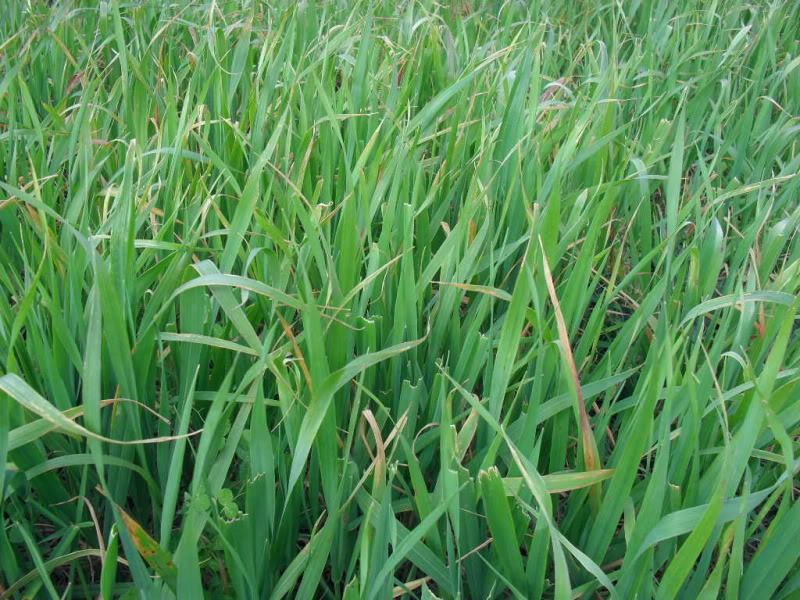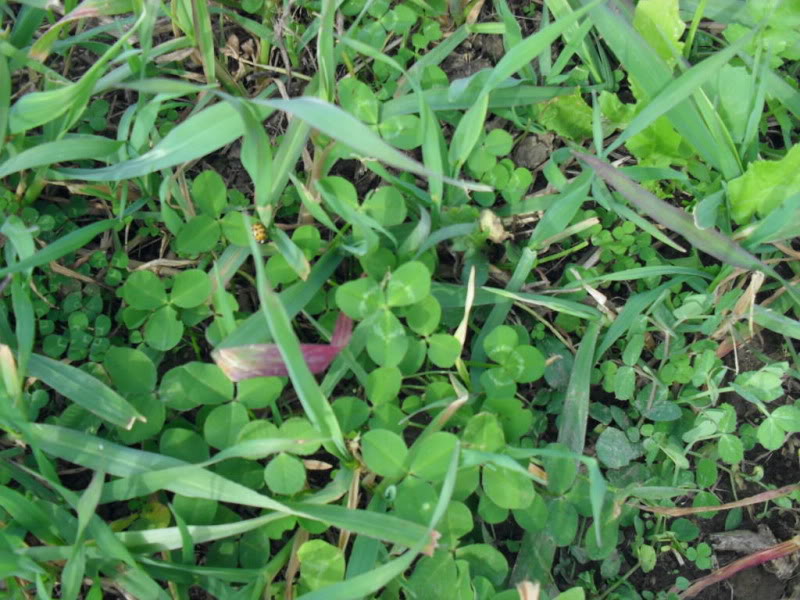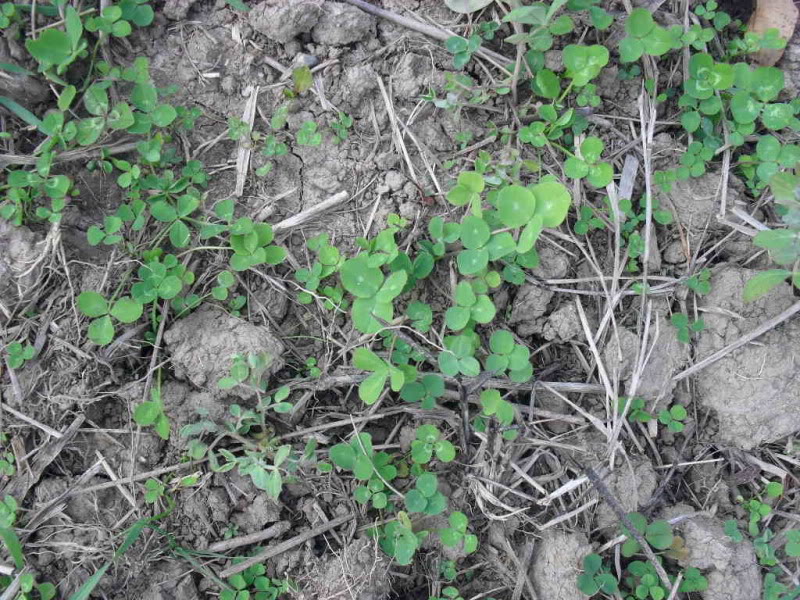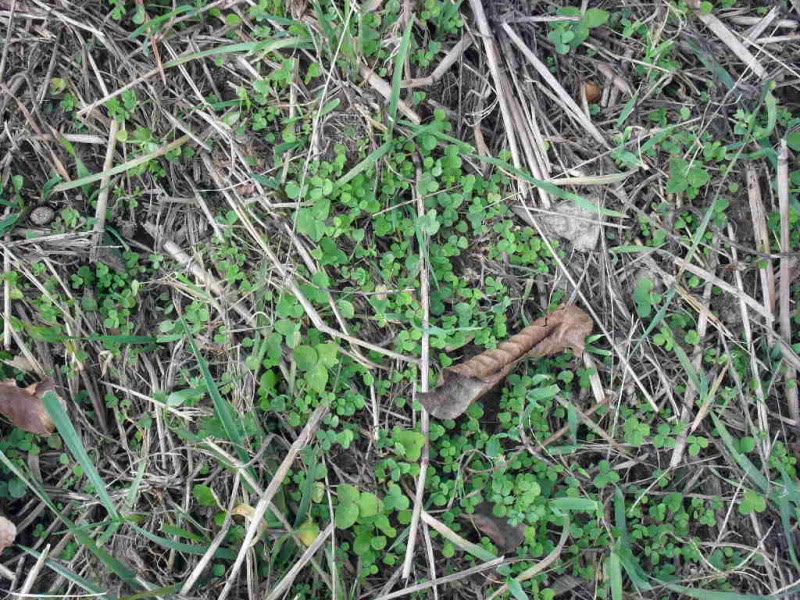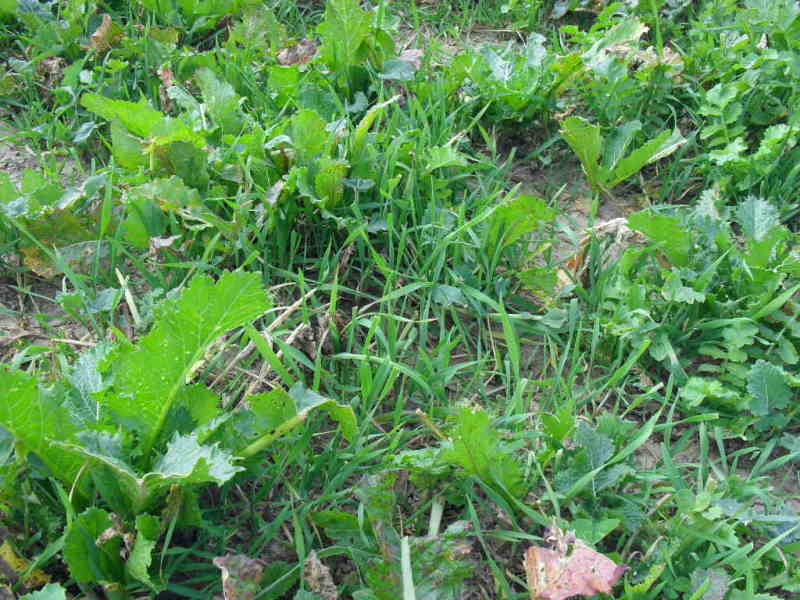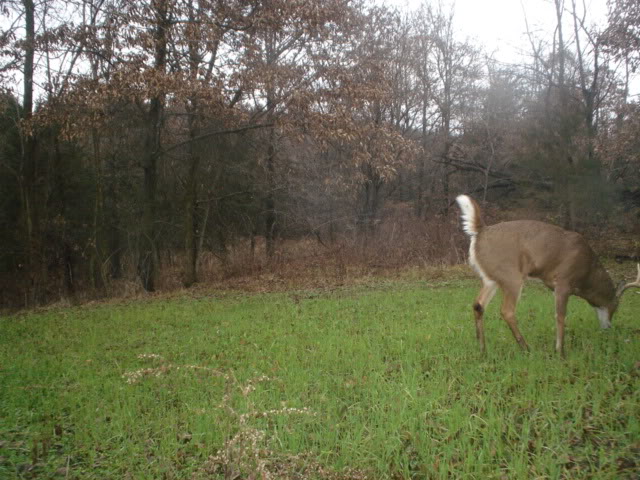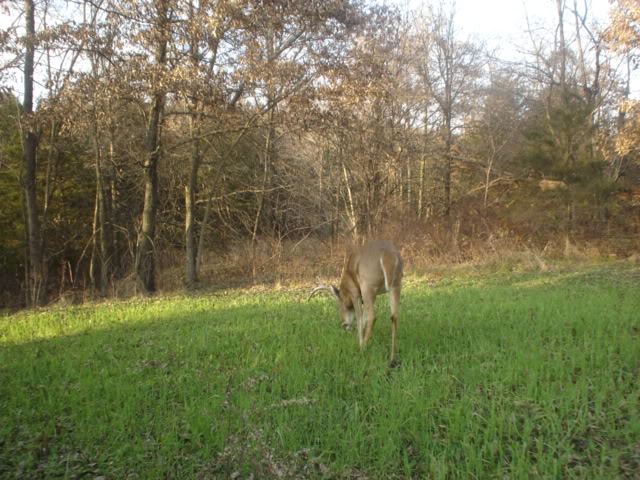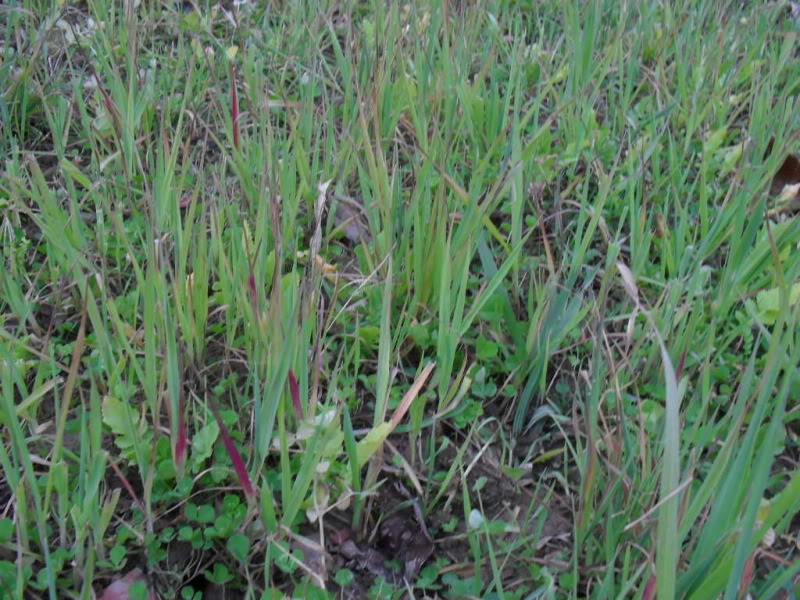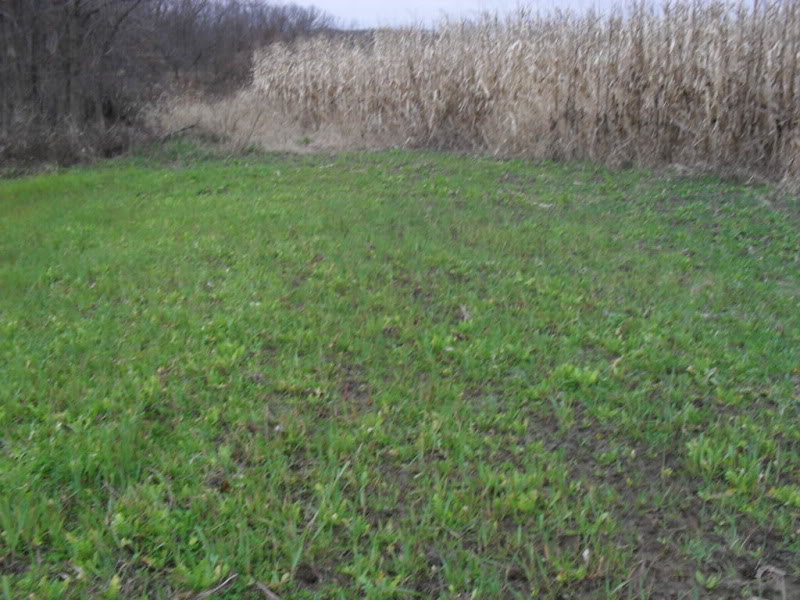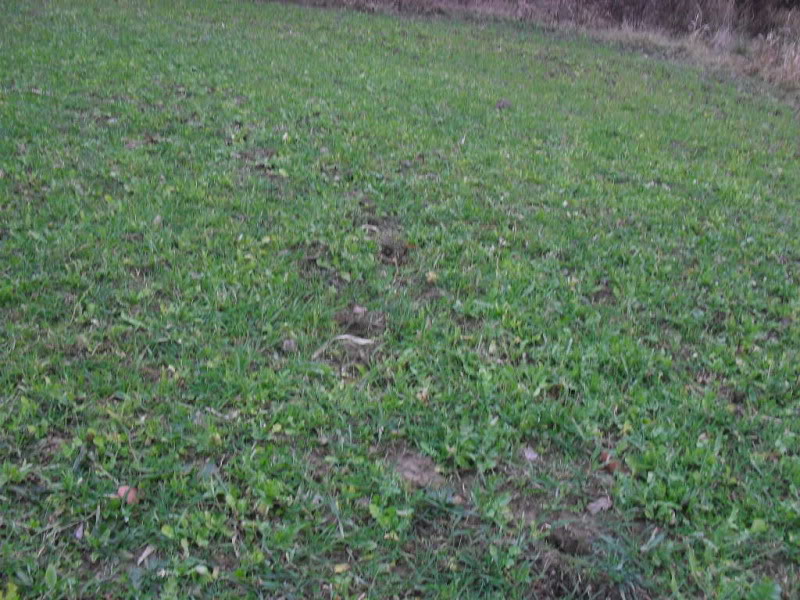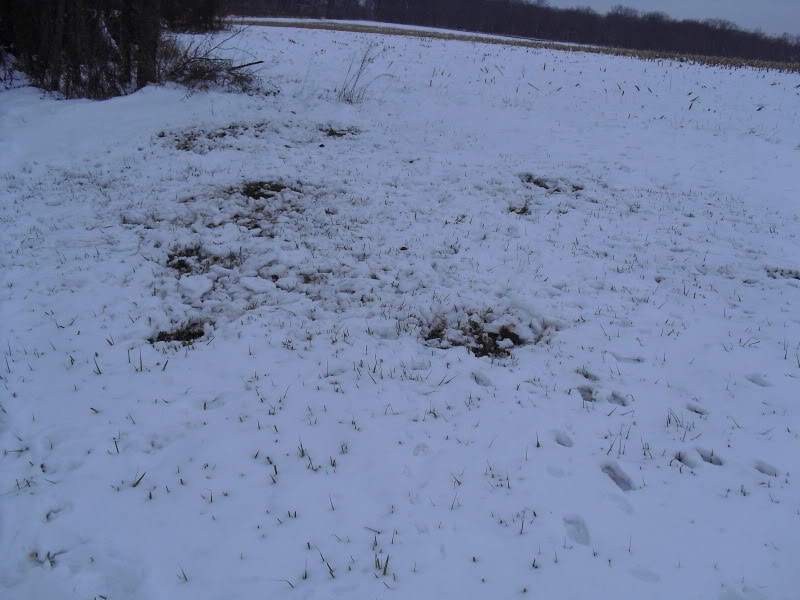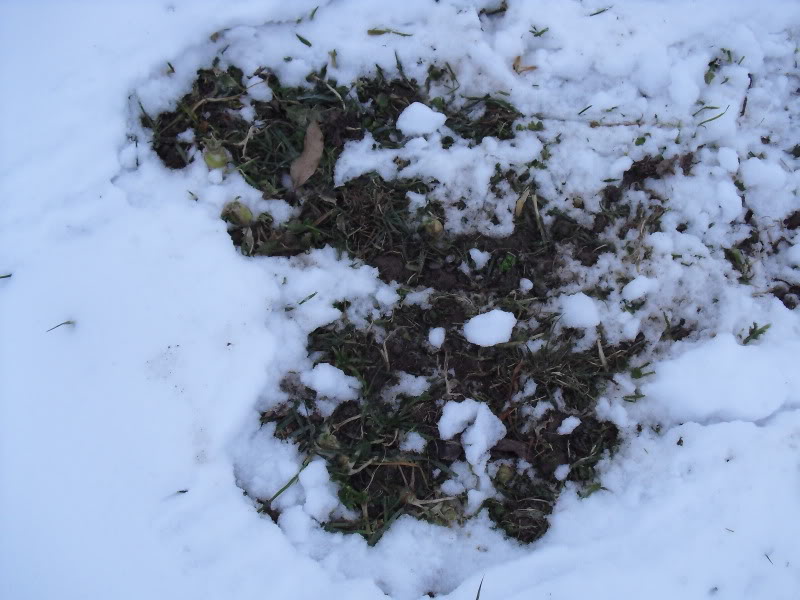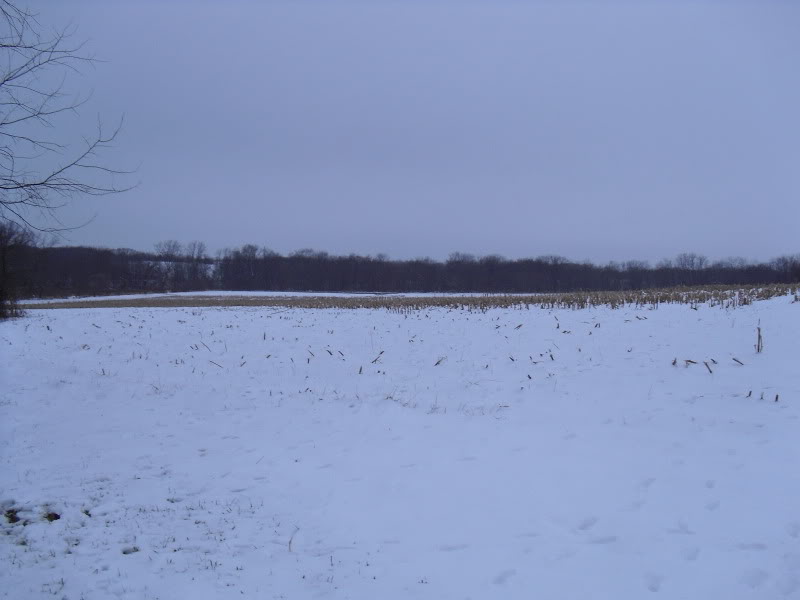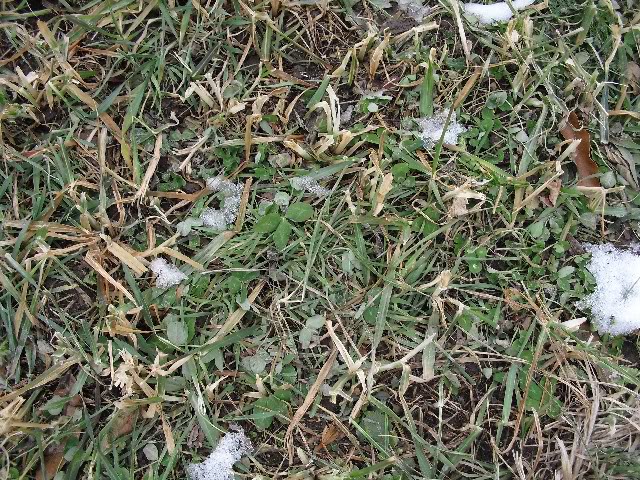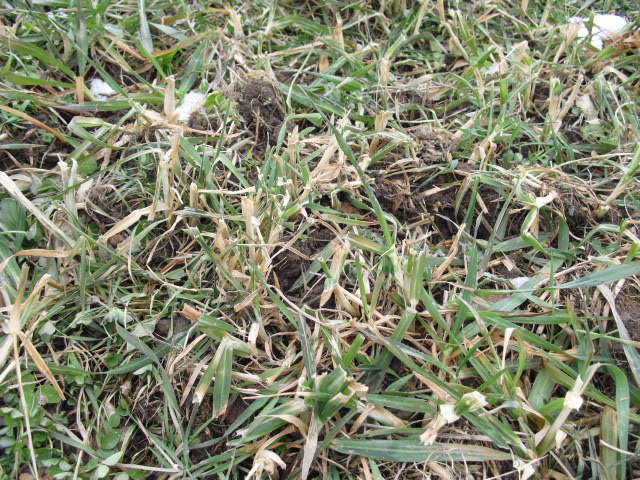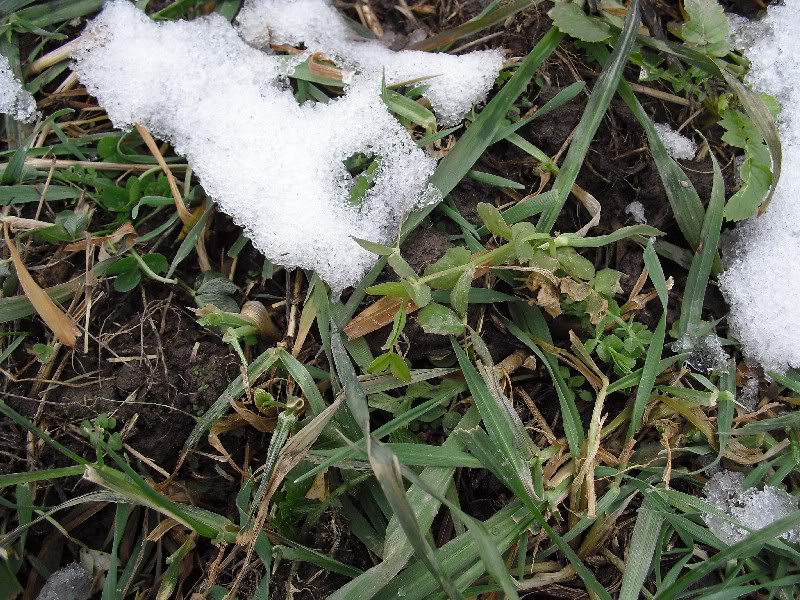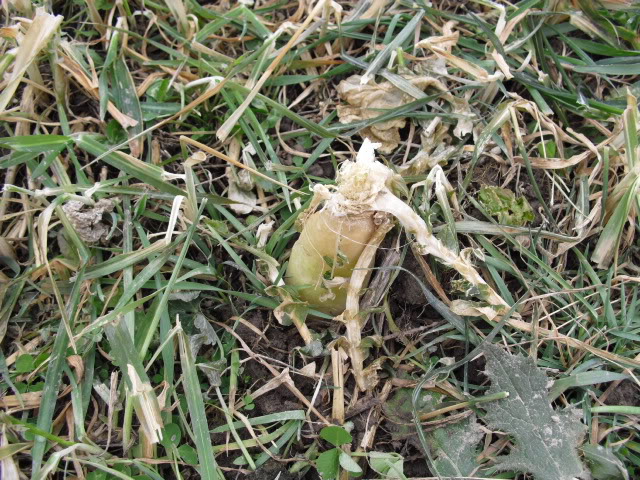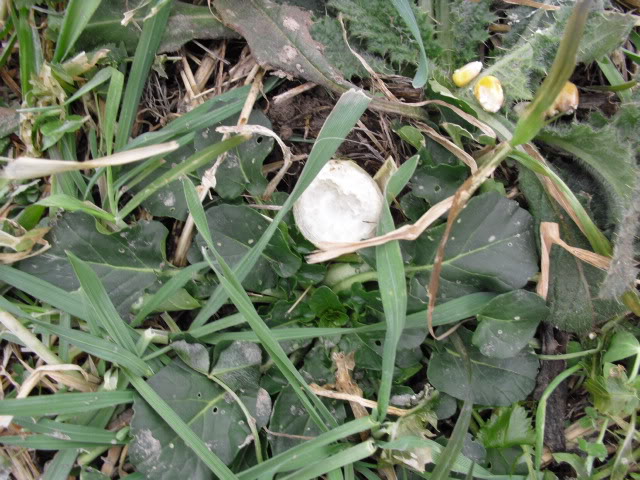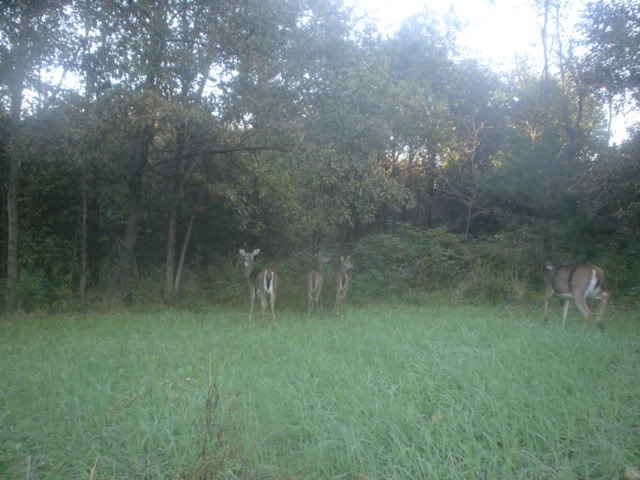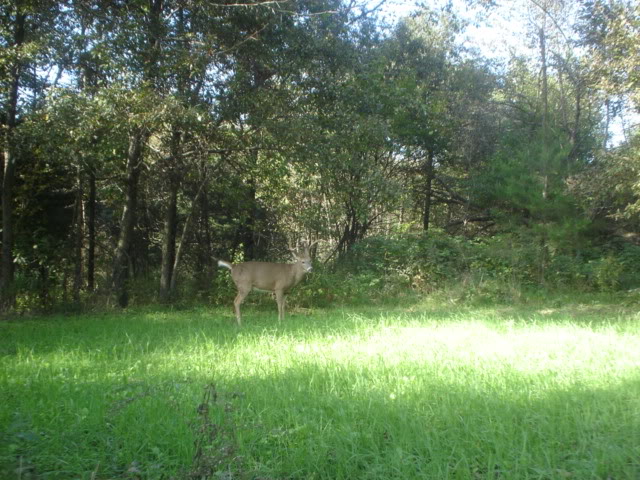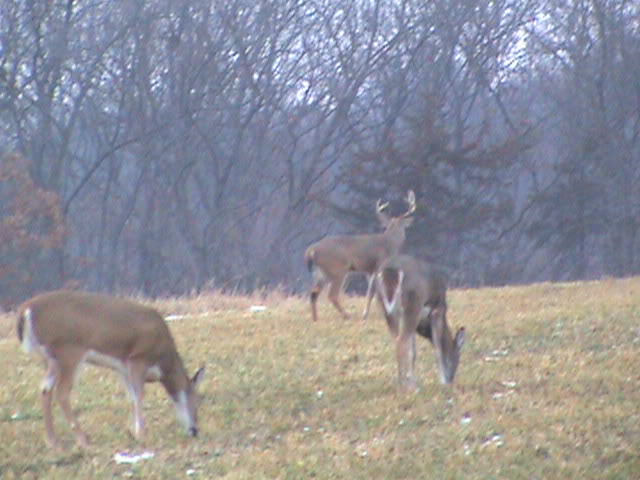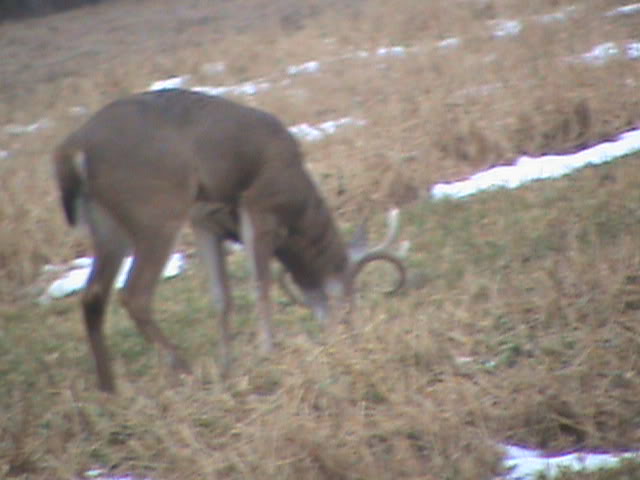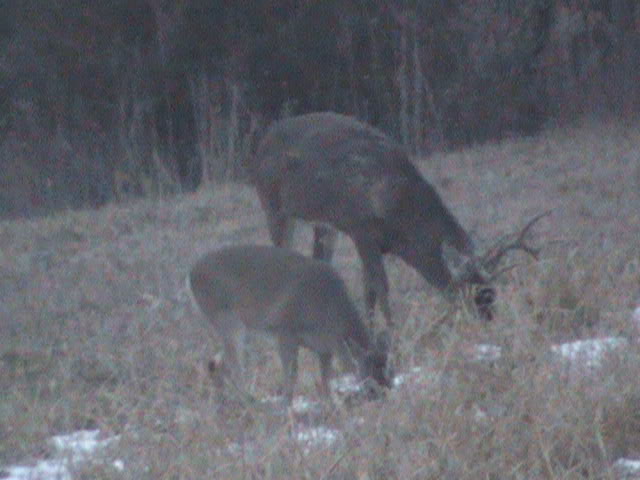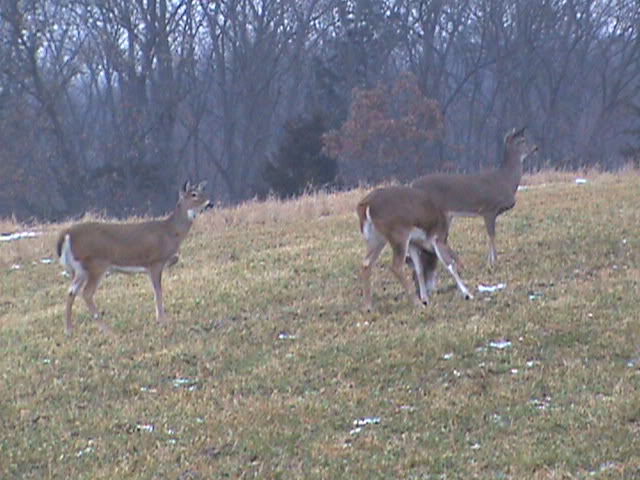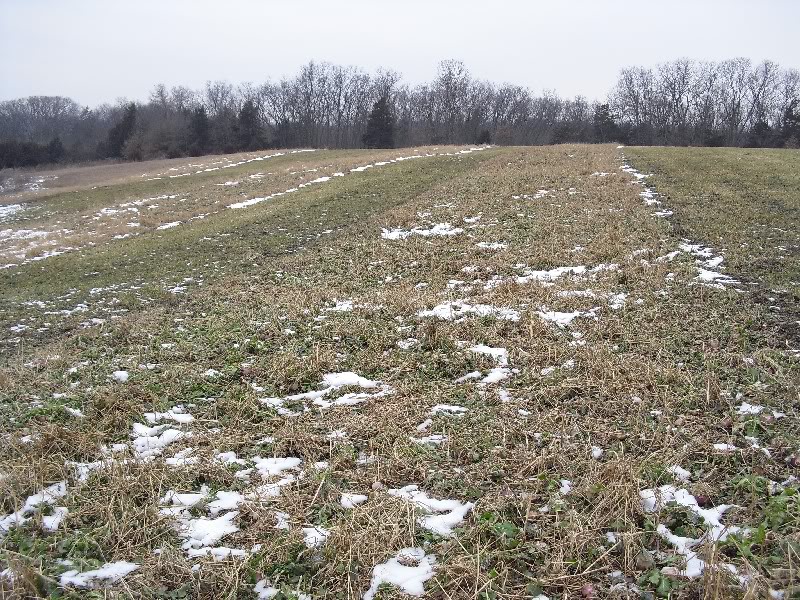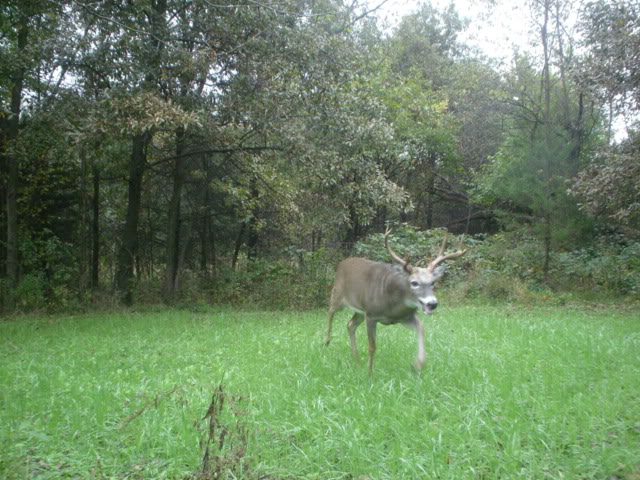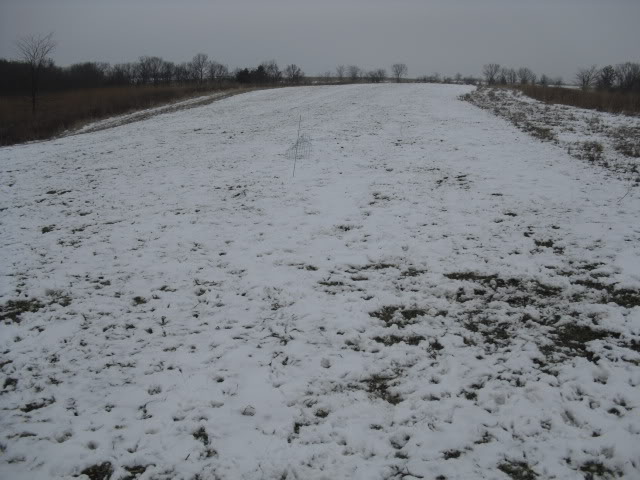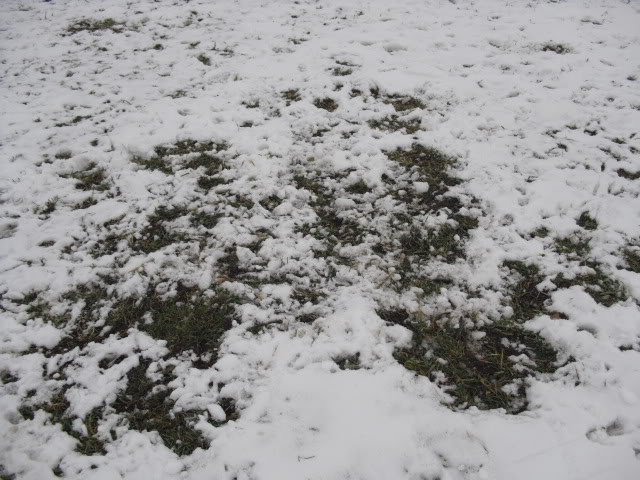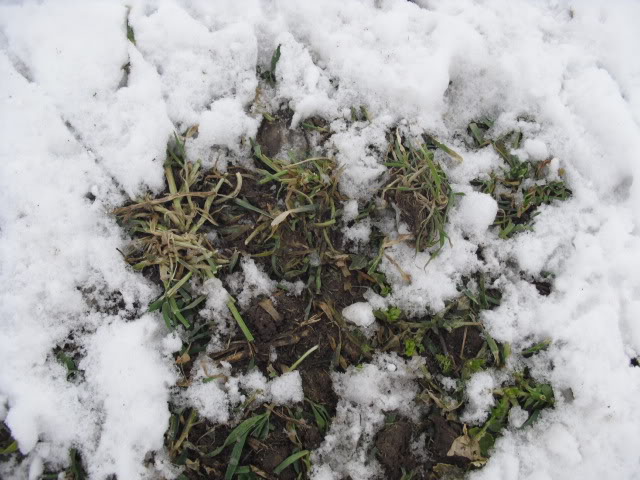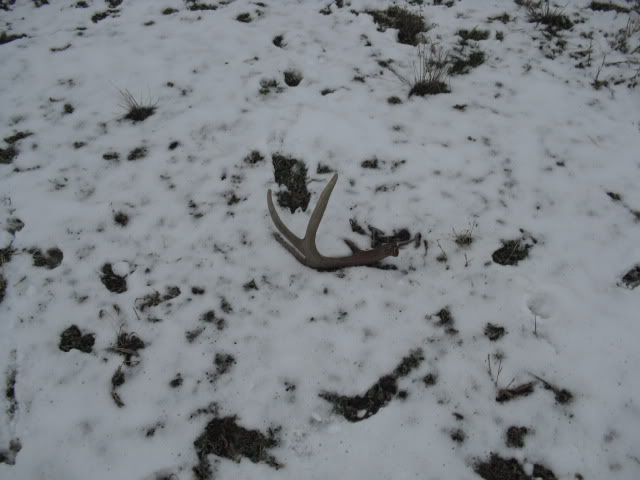When I post the following fall seed mixture, the only question or thought on the minds of most landowners is “will deer eat it?”…the answer of course is yes but there is so much more to this combination the just attracting whitetails.
Winter rye 50-80#'s per acre (56#'s = a bushel)
Spring oats 80-120#'s per acre (32#'s = a bushel)
Austrian Winter Peas 20-80#'s per acre (or 4010 or 6040 field peas)
Red Clover 8-12#'s per acre
Oilseed/Forage Radish 5#'s per acre
That combination also happens to have tremendous soil building power in addition to providing high quality, high protein forage literally year around.
Let’s break this seed mixture down a bit and explore a little bit closer exactly what each contributes from a soil perspective as we have already covered the crude protein attributes.
In most of the upper Midwest and northern states the oats, peas and forage radishes will not survive the winter, with exceptions in mild winters. All three however will have made a significant contribution during the 3- 4 months growing period each fall.
The roots systems of oats also have the capability to hold some nitrogen, they cannot however hold it as long as winter rye. Still this is a plus as the oats do provide a lush source of forage until severe winter weather freezes them out.
Peas of any kind are legumes and they are the “candy” in this mix, irresistible to deer they often don’t last long unless planted at higher rates. Peas are capable of fixing 100-120#’s of N per acre in a normal growing season but they will produce significantly less in the short fall growing season …any N production however is a plus and cannot be ignored.
Forage or tillage radishes are one in the same being used first by organic farmers to break up hardpan soils, recycle nitrogen and provide natural weed control via their allelopathic chemicals. Following a crop of forage radishes the soil will often be completely free of weeds for several months or more. Forage radishes have proven to be extremely palatable to deer that often eat them despite ignoring other brassicas, yet do not have the large leaf canopy that typical brassicas such as rape and turnips have, making it less competitive in a combination planting.
That brings us to the “survivors”, the two that will assuredly survive brutal winter weather and provide both lush early spring forage and tons of dry matter to improve our soils.
Winter rye is king, able to grow from northern Florida to northern parts of Canada and coast to coast, not only surviving but thriving on the poorest sandy dry soils to hardpan clay sub soils. Rye will grow under the most difficult of conditions including low PH levels and poor soil nutrient levels.
Feed it nitrogen and it will force root systems even deeper pulling up potassium and scavenging the nitrogen into its root systems to be released later as the killed plant breaks down. Rye's allelopathic chemicals help control spring weeds along with rapid spring growth that further shades and slows weed growth. In spring rye explodes to life and in 30-45 days can be 4-6 feet high so we have to be prepared to clip it at a height that will not leave so much residue as to smother the red clover.
Red clover…is the sleeper in all of this, of no use to deer the fall before it has quietly been establishing its root systems in the warm days of autumn then sleeping away the winter months. Protected by the winter rye and dead oat mulch it is prepared for spring like a race horse at the gate, springing to life at the first warm days of spring.
Springtime…a time when landowners often ignore the needs of their whitetails but it is now they are often desperately in need. Bucks, gaunt from the previous breeding season but yet starting new antler growth. Does heavy with fawns that are at critical stages of development and soon lactating, search out sources of high quality forage.
Fall planted red clover is like the calvary rushing to the rescue at the last moment, just when deer need it most it is there like a cool drink of water on a hot summer day. Of course both white and red clovers along with alfalfas can all provide an awesome source of spring time protein, the point here is to show the benefit of adding red clover to your fall mix…both to deer and to improve your soils.
Even if you have other clover plots(and you should) by adding red clover to the fall mix you now have no reason to be concerned about spring tilling wet fields…your work already done for you. Clipping the rye and later the red clover, to keep it blooming and fixing nitrogen is all that is required, yet every single day your clover is working for you, like money in a savings account….you do nothing but let it work for you.
All summer it works, growing rapidly producing up to 2 tons of dry matter per acre, not only are it’s roots now rich with nitrogen fixing nodules but it is suffocating weeds, extending a rich root system that loosens soils and pulling up nutrients into it’s leaves and stems. At the same time it is providing high quality high protein forage for your deer herd.
Eventually the time comes to collect the “interest” so to speak, time to plant brassicas or repeat the fall combination, so if we are wise we choose to “reinvest” every ounce of nutrients and dry matter the clover has built up.
How best to do that? The roots contain the lion’s share of the nitrogen but the plant itself also holds all of the key elements along with this wonderful organic matter that can improve our soils.
Landowners with small equipment will most likely need to mow the clover (shred it if possible) then immediately incorporate the still green clover into the soil by disking or tilling until the plant matter is thoroughly covered.
Another option, perhaps the best one to quickly, efficiently trap every shred of nitrogen and organic matter is to plow the clover under, instantly trapping all of its treasures that can then be slowly released for the next crop.
Long term use of plows is detrimental to most soils and not recommended simply to plant a crop when minimal or no tillage would suffice but for incorporating cover crops on soils that are not highly erodible a plow can still be a highly beneficial tool.
I have the luxury of using a large heavy disc to incorporate my red clover albeit with several passes…
On smaller plots I use several passes with my tiller to incorporate clover without mowing
Effectively trapping most of the clover beneath the soil however anything left on the surface will dry and as the water leaves the plant residue, so does any nitrogen…lost now to the atmosphere FOREVER.
Red Clover Cover Crops
Alta-Swede Mammoth Red Clover
For those who will follow this fall annual crop with corn or milo I would consider substituting hairy vetch for the red clover as it can produce more N in a shorter time frame in the spring. Plant the corn or milo as late as possible and killing the rye and vetch with glyphosate is recommended and then either till or no-till.
Despite this very long post, it is only the tip of the iceberg in learning more about both feeding your whitetails and your soils in a way that improves the quality of both, lowers your fertilizer and herbicide needs and saves you money.
If you have not, I would urge you to spend some time exploring the links and detailed information at the begining of this thread.
There you can learn more about the individual and combined attributes of each component in the combination I recommend and better understand how you can use them in your own habitat program…




